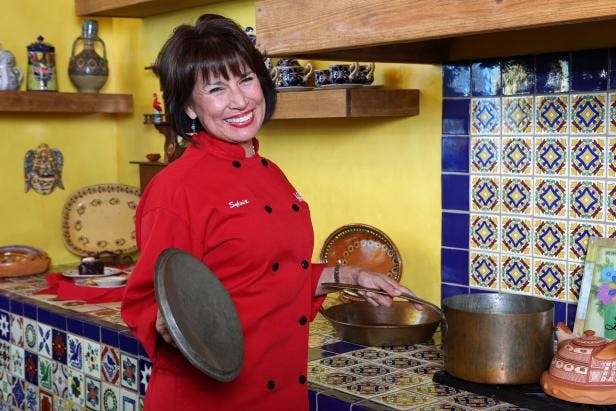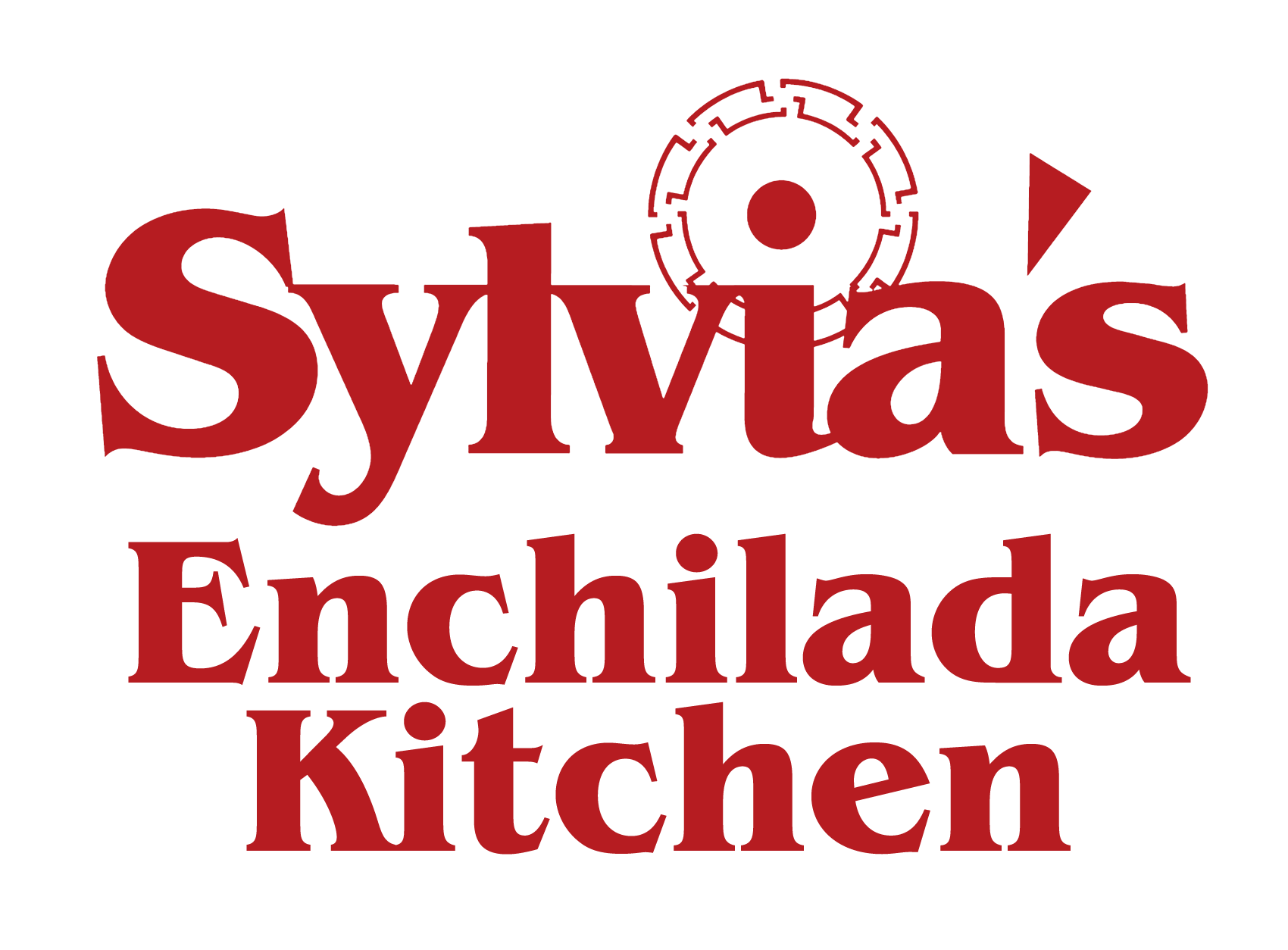FOOD NETWORK: This Chef Has Taught Tamale-Making for Decades — Here’s What She’s Learned About the Festive Dish

Texas chef Sylvia Casares reflects on these perfectly packed corn husks, which make the holiday spirit merry and bright.
Like turkey and dressing, spiced gingerbread men and velvety eggnog, tamales taste even better during the holidays. The hearty Mexican dish, which encases a filling (like meat or beans) in masa dough, can be found year-round at restaurants and taquerias in Texas (and elsewhere around the country, of course), but it’s during the festive season that it really shines. So how did tamales become synonymous with holiday dining in the Lone Star state? Houston’s "enchilada queen" Sylvia Casares, a third-generation Mexican-American chef and cookbook author, took us on a trip down memory lane to her childhood in Brownsville, the country’s southernmost border town, where she grew up celebrating the rich tradition.
"Every Christmas Eve, my family would have tamales," she remembers. "Our neighbors and friends — 20 or 30 people — would come over and join in the festivities." Casares’ family home was just a couple of miles from the Mexican border in the Rio Grande Valley. "The Valley" was where Casares’ great grandparents settled after moving from Mexico. "Everyone there is very bicultural," she says. "You learn a lot about the foods of Mexico, because you’re right there."
For Casares, learning about tamales, and a whole host of Mexican-American eats, began when she was very young. "I had a natural interest in cooking, so I started teaching myself by watching my mother and grandmother." She went on to earn a home economics degree from the University of Texas and landed in Houston working as a food economist for a major food services company. Eventually she opened her own restaurant, Sylvia’s Enchilada Kitchen, in 1998. She served a broad menu of Mexican cuisine, but prominently featured 18 different kinds of enchiladas, each with a different filling and house-made sauce, categorized as "North of the Border" or "South of the Border" as a nod to the dishes she grew up on in Brownsville. People came from near and far to try her enchiladas, hence her nickname "enchilada queen."
At the same time, Casares began teaching cooking classes in local housewares stores. The demand was so high that she made the decision to build out an entire room devoted to teaching in her own restaurant. And what couldn’t eager students get enough of? Tamale-making.
"I knew a lot of people didn’t know how to make tamales," she says, thinking back on her plan to focus on teaching tamales over enchiladas. "They are a lot of work. Nobody says 'Let’s have tamales tonight!' and then they whip them right up." Casares also admits that it wasn’t until she began working in restaurants in Houston that she discovered how popular they were at Christmas, citing a surge of orders at the beginning of each holiday season. "So I taught tamale classes during the holidays, and they were a raging success. My phone rang off the wall; people came and came and came."
Casares remains true to tradition, teaching her students how to make tamales filled with chicken, pork or refried beans, but she says the sky is the limit when it comes to fillings. "In Texas, modern takes include incorporating spinach and cheese, venison meat or seafood. I have even heard of tamales with armadillo and rattlesnake meat!"
But even with the wide variety of filling options, she explains that the dough is really what makes the dish a standout. "The dough is the hardest part, and it’s the star of the show." She teaches her students the importance of the proper ratios of the fat (she recommends fresh pork lard over a substitute like olive oil) to the corn masa. Furthermore, she incorporates a fresh chili sauce into both the meat filling and the masa, giving her finished tamales a bit of color and some mild heat.
Careful attention is required through the steps to ensure a proper result. The balls of dough should be rolled the same size to guarantee each tamale in the batch will cook at the same time; similarly, corn husks ought to be trimmed to the same size; and most importantly, tamales should not be overstuffed. "One of the best parts of the class is teaching the students how to correctly spread the dough on the husk and fill them," she shares. "People tend to want to stuff them with too much filling, but as I said, the dough is the star."
The final step is quite possibly the hardest of them all — waiting the 90 minutes of cook time and 30 minutes of cooling time before finally unwrapping the finished product. But no need to wait alone. Like holiday cookie baking parties, tamale making parties, known as tamalada, are prevalent and serve as a festive way for groups to get together and share in the work… and the bounty. "A tamalada is traditionally done on December 24th," Casares explains. "One person is in charge, all of the women pitch in for the cost of ingredients, and they spend the day together drinking and preparing tamales."
She attributes the time and effort which goes into their preparation as one of the reasons tamales have been reserved for Christmas. "I think as women became busier, they simply became a dish associated with special occasions and the holidays." As a self-proclaimed "purist," Casares enjoys the tradition as it is, but acknowledges that tamales have evolved over the years and serve as a fun provision for all. Beyond preparing them from scratch, it is also common in Texas at Christmas to pick up a batch from a restaurant. Barbecue joints put their own spin on the classic, incorporating smoked meats as a filling, and Mexican restaurants offer both sweet and savory varieties to help complete holiday spreads.
Today, Casares’ maintains her role as a chef and an educator in Houston and says she loves passing down her tamale-making skills to new learners. "I see all kinds of people in my classes — multi-generational guests, a child learning alongside their parent and grandparent; Latinas who want to learn because their matriarch passed on and a recipe was never recorded; sisters who want to learn together and carry out their own traditions at home." For her part, she has written, re-written and perfected recipes to use as a guide for 15 years and counting. Long live the queen.
Click link below for full story:
